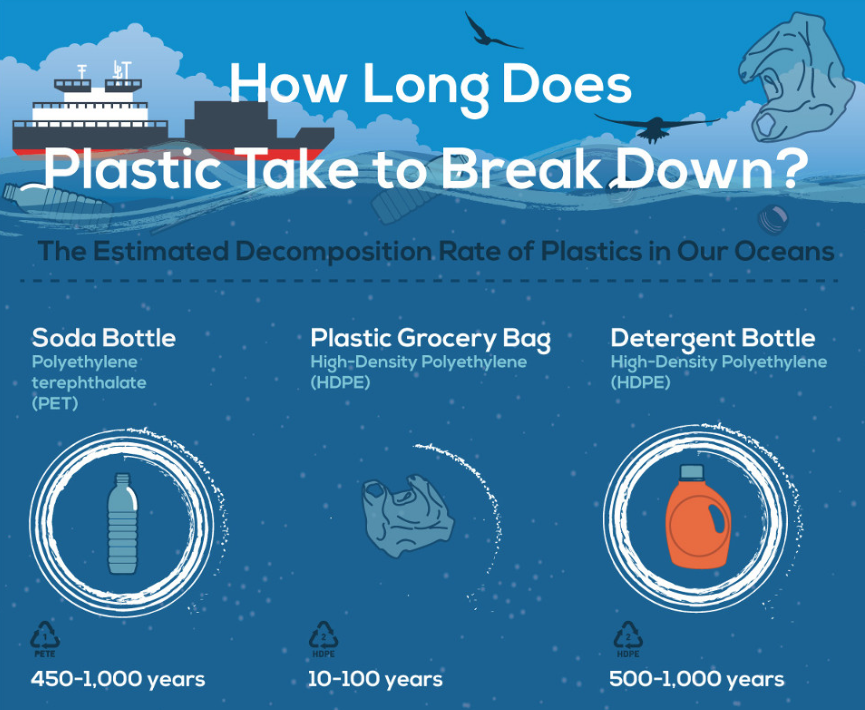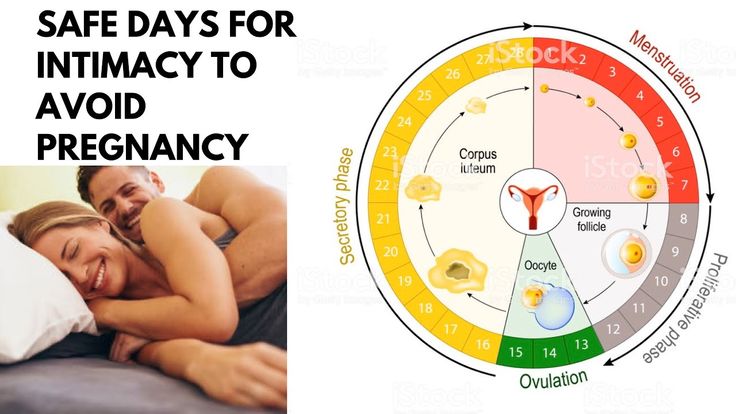Delivery at 38 weeks pregnant
Scheduling Early Delivery of Your Baby
Why scheduling early delivery is not a good idea
Sometimes there are medical reasons for a woman to deliver her baby before naturally going into labor. For example, if a week or more passes after the due date and the baby does not come, doctors may need to start, or induce, labor. Or if the woman or her baby is at risk, doctors may need to deliver the baby by Cesarean delivery, or C-section.
These types of deliveries can save lives. But to hurry a baby’s birth—just to make it convenient for you or your doctor—can increase the risk of serious problems for both you and your baby. Here’s why:
Full term is better.
A full-term pregnancy lasts at least 39 weeks. Of course, some babies naturally arrive sooner. And complications during pregnancy can make an early delivery the safest choice. But most babies need 39 weeks to develop fully. Induced or planned delivery before that time—without valid medical reason—is not in the best interest of the baby or the mother.
Between 1990 and 2007, there were fewer full-term births, and almost twice as many babies born at 37 and 38 weeks. One reason for this is that it became more common for women to be scheduled for a C-section or to have labor induced before their due date. Some hospitals have taken recent steps to reduce unnecessary early deliveries, but too many births are still being scheduled for convenience.
Carrying an infant the full 39 weeks has important health benefits for the baby and the mother. For example, during weeks 37 and 38, the baby’s lungs and brain are still developing. The baby’s body also gains fat during this time, which helps the baby keep a healthy body temperature.
Babies induced or delivered by C-section before 39 weeks are more likely to have problems breathing and feeding, have severe jaundice, and need intensive care after birth. They also have a higher chance of having cerebral palsy, which can affect movement, hearing, seeing, thinking, and learning. And, while the overall risk of infant death is low, it is higher for babies who are delivered before 39 weeks.
Women who carry their baby at least 39 weeks also have less postpartum depression. This may be because their infants are less likely to have problems than those born early.
Let nature take its course.
To prepare for birth, the cervix softens and thins. As this happens, the opening gets bigger, or dilates. But if your cervix has not changed, even if you’re in the 39th week of your pregnancy, you should not induce labor without a medical reason.
If your body is not ready, your delivery is less likely to go smoothly. For example, you are at increased risk of having a C-section, especially if you are giving birth for the first time. And your baby may be more likely to need intensive care after delivery.
Even when the cervix shows signs of being ready, there are reasons to allow labor to happen on its own. Natural labor is usually easier and shorter than induced labor. And you can usually spend the early part of your labor at home, moving around and staying as comfortable as you can.
By contrast, an induced labor takes place in the hospital. You will most likely be hooked up to medical equipment, including at least one intravenous (IV) line and an electronic fetal monitor. You will be given medicines to start your labor. You may not be able to eat or drink.
When should you induce labor?
Having a doctor start your labor is justified when there’s a medical reason, such as your water breaking and labor not starting. You may also need labor induced if you are a week or more past your due date.
This report is for you to use when talking with your healthcare provider. It is not a substitute for medical advice and treatment. Use of this report is at your own risk. © 2016 Consumer Reports. Developed in cooperation with the American Academy of Family Physicians and the American College of Obstetricians and Gynecologists.
02/2013
Why at least 39 weeks is best for your baby
If your pregnancy is healthy, it’s best to stay pregnant for at least 39 weeks.
 Wait for labor to begin on its own.
Wait for labor to begin on its own.Scheduling means you and your provider decide when to have your baby by labor induction or cesarean birth.
If your provider recommends scheduling your baby’s birth, ask if you can wait until at least 39 weeks so your baby has time to fully develop.
Your baby’s brain, lungs, liver and other important organs are still developing in the last weeks of pregnancy.
Babies born too early may have more health problems at birth and later in life than babies born later.
Are you thinking about scheduling your baby’s birth?
Scheduling your baby’s birth means you and your health care provider decide when to have your baby by labor induction or cesarean birth instead of waiting for labor to begin on its own. Depending on your health and your baby’s health, scheduling your baby’s birth may be best. But scheduling birth a little early for non-medical reasons can cause problems for you and baby.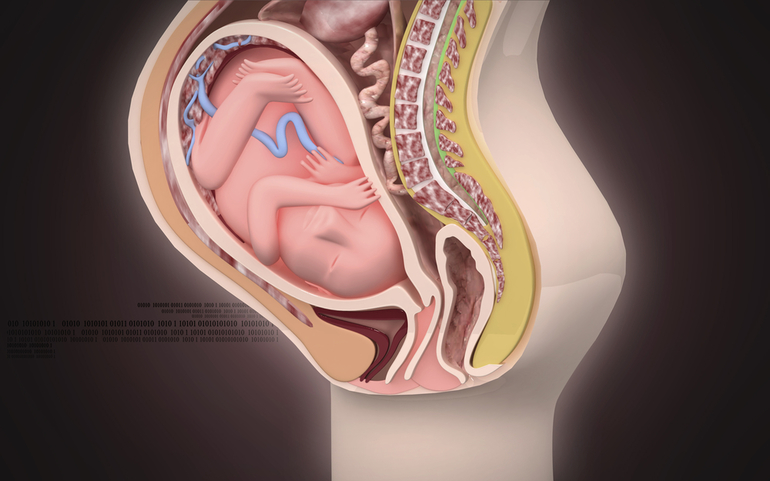 If your pregnancy is healthy, it’s best to stay pregnant for at least 39 weeks and wait for labor to begin on its own.
If your pregnancy is healthy, it’s best to stay pregnant for at least 39 weeks and wait for labor to begin on its own.
When you schedule your baby’s birth, you schedule either labor induction or a c-section. Labor induction (also called inducing labor) is when your provider gives you medicine or breaks your water (also called amniotic sac) to make your labor begin for vaginal birth. Vaginal birth is when the muscles of your uterus contract (get tight and then relax) to help push your baby out through the vagina (also called birth canal). Most babies are born by vaginal birth. A cesarean birth (also called c-section) is surgery in which your baby is born through a cut that your provider makes in your belly and uterus.
You may not have a choice about when to have your baby. If there are problems with your pregnancy or your baby's health, you may need to have your baby early. But if you have a choice and you're planning to schedule your baby's birth, wait until at least 39 weeks.
Why does your baby need 39 weeks?
Babies born too early may have more health problems at birth and later in life than babies born later. Being pregnant 39 weeks gives your baby's body all the time it needs to develop.
Your baby needs 39 weeks in the womb because:
- Important organs, like your baby’s brain, lungs and liver, need time to develop. The brain develops fastest at the end of pregnancy. A baby’s brain at 35 weeks of pregnancy weighs only two-thirds of what it will weigh at 39 to 40 weeks.
- He’s less likely to have health problems after birth, like breathing, vision and hearing problems.
- He can gain more weight in the womb. Babies born at a healthy weight have an easier time staying warm than babies born too small.
- He can suck and swallow and stay awake long enough to eat after he's born. Babies born early sometimes can't do these things.
- He’s less likely to have learning problems and health problems later in life than babies born before 39 weeks.
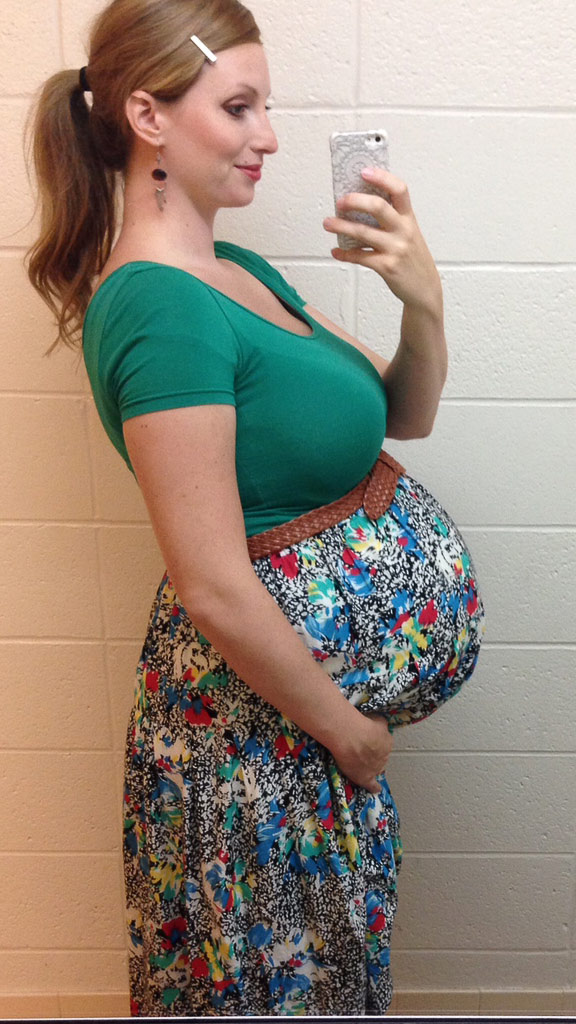
Can scheduling an early birth cause problems for you and your baby?
Yes. Sometimes it's hard to know exactly when you got pregnant. Even with an ultrasound, your due date can be off by as much as 2 weeks. If you schedule an induction or c-section and your date is off by a week or 2, your baby may be born too early. Ultrasound uses sound waves and a computer screen to show a picture of your baby inside the womb.
Problems from inducing labor
- Stronger and more frequent contractions. Frequent contractions may cause changes in your baby’s heart rate.
- Infection for you and your baby
- Uterine rupture. This is when the uterus tears during labor. It happens very rarely.
- Needing a c-section. If your labor is induced and the medicine doesn’t start your labor, you may need to have a c-section.
Problems from a c-section
- Breathing and other medical problems for your baby.
 Babies born by c-section may have more breathing and other medical problems than babies born by vaginal birth.
Babies born by c-section may have more breathing and other medical problems than babies born by vaginal birth. - Needing a c-section in another pregnancy. Once you have a c-section, you may be more likely in future pregnancies to have a c-section. The more c-sections you have, the more problems you and your baby may have, including problems with the placenta.
- Longer recovery for mom. A c-section is major surgery. It takes longer for you to recover from a c-section than from a vaginal birth. You can expect to spend 2 to 4 days in the hospital after a c-section. Then you need about 6 to 8 weeks after you go home to fully recover. You also may have complications from the surgery, like infections, bleeding or blood clots. So it's important to stay in touch with your health care provider even after you go home.
What questions can you ask your health care provider about scheduling your baby's birth?
If you’re planning to schedule your baby’s birth, print out this article and take it with you to your next prenatal care checkup. Ask these questions:
Ask these questions:
If your provider recommends that you have your baby before 39 weeks
- Is there a problem with my health or the health of my baby that makes birth before 39 weeks necessary?
- Can I wait to have my baby until I’m closer to 39 weeks?
About inducing labor
- Why do you need to induce labor?
- How will you induce my labor?
- What can I expect when you induce labor?
- Will inducing labor increase the chance that I’ll need to have a c-section?
About having a c-section
- Why do I need to have a c-section?
- What can I expect during and after a c-section?
- What problems can a c-section cause for me and my baby?
- Can I have a vaginal birth in future pregnancies?
See also: 39 weeks infographic
Last reviewed: October, 2018
harbingers of childbirth in multiparous and primiparas, what happens, fetal movement, baby's weight, ultrasound
What happens to the baby at this time?
Now the weight of the child is 3000-3200 g.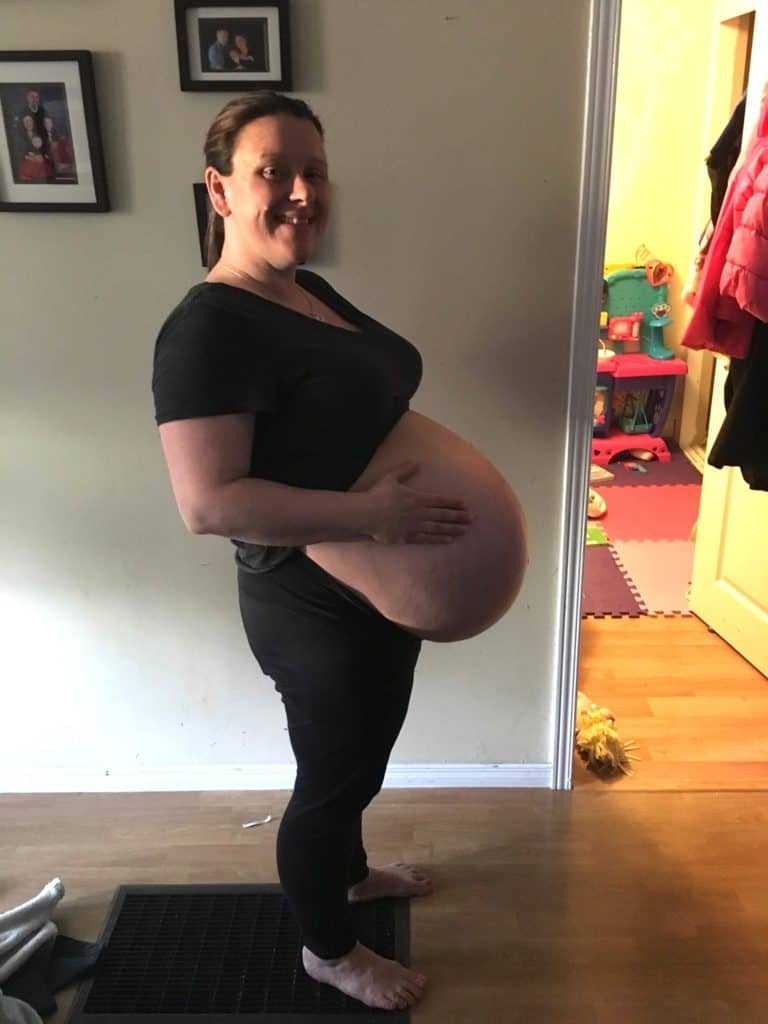 Sometimes the mother can feel in the abdomen not only the fetal movement, but also rhythmic tremors - this is the child hiccups, swallowing amniotic fluid. It is believed that hiccups are a kind of training before the start of spontaneous breathing. By this time, the baby has already taken its final position in the uterine cavity - head down, towards the exit from the uterus. The obstetrician determines the presentation of the fetus by probing the abdomen of the expectant mother. But sometimes doctors detect breech presentation, in this case, an examination is performed, ultrasound is performed and the tactics of childbirth are determined. nine0005
Sometimes the mother can feel in the abdomen not only the fetal movement, but also rhythmic tremors - this is the child hiccups, swallowing amniotic fluid. It is believed that hiccups are a kind of training before the start of spontaneous breathing. By this time, the baby has already taken its final position in the uterine cavity - head down, towards the exit from the uterus. The obstetrician determines the presentation of the fetus by probing the abdomen of the expectant mother. But sometimes doctors detect breech presentation, in this case, an examination is performed, ultrasound is performed and the tactics of childbirth are determined. nine0005
Index
Norm
Mother's weight gain
From 8.6 (with initial overweight) to 14.5 kg (with initial weight deficit), average gain 10-12 kg
Fundal height005
35-38 cm
Fetal weight
3000-3200 g
Fetal height
48-52 cm
Important!
During the 38th week of pregnancy, the expectant mother's body is actively preparing for the upcoming birth.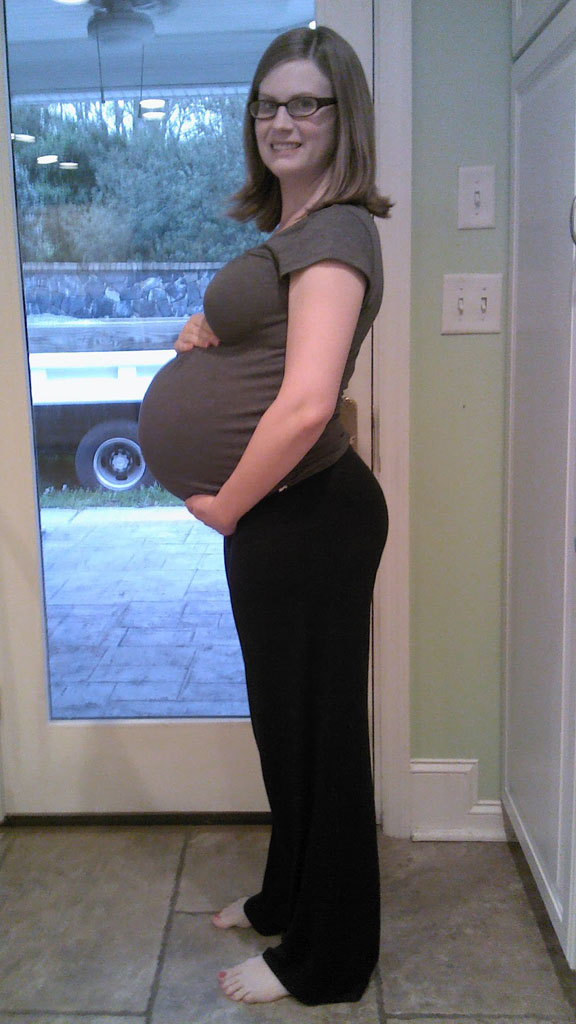 It is important to know in advance, read the necessary information about this process (if you have not already done so) in order to clarify how to behave with the onset of contractions. nine0005
It is important to know in advance, read the necessary information about this process (if you have not already done so) in order to clarify how to behave with the onset of contractions. nine0005
The first harbingers of childbirth appear in multiparous and primiparas. These are body changes, certain processes that set up the body and reproductive system for the birth of a child. The signs differ slightly depending on whether the mother is expecting her first baby or if this is her second and subsequent pregnancies.
Many mothers are afraid to miss or not recognize these important "calls". Don't worry about that - we've put together a handy labor checklist to help you figure out when it's time to go to the hospital. nine0005
During this period, drops of a yellowish-whitish liquid - colostrum - can periodically be released from the nipples of the breast. So the mammary glands prepare for childbirth and subsequent feeding of the baby. In order not to stain the linen, you can use special absorbent pads for the chest.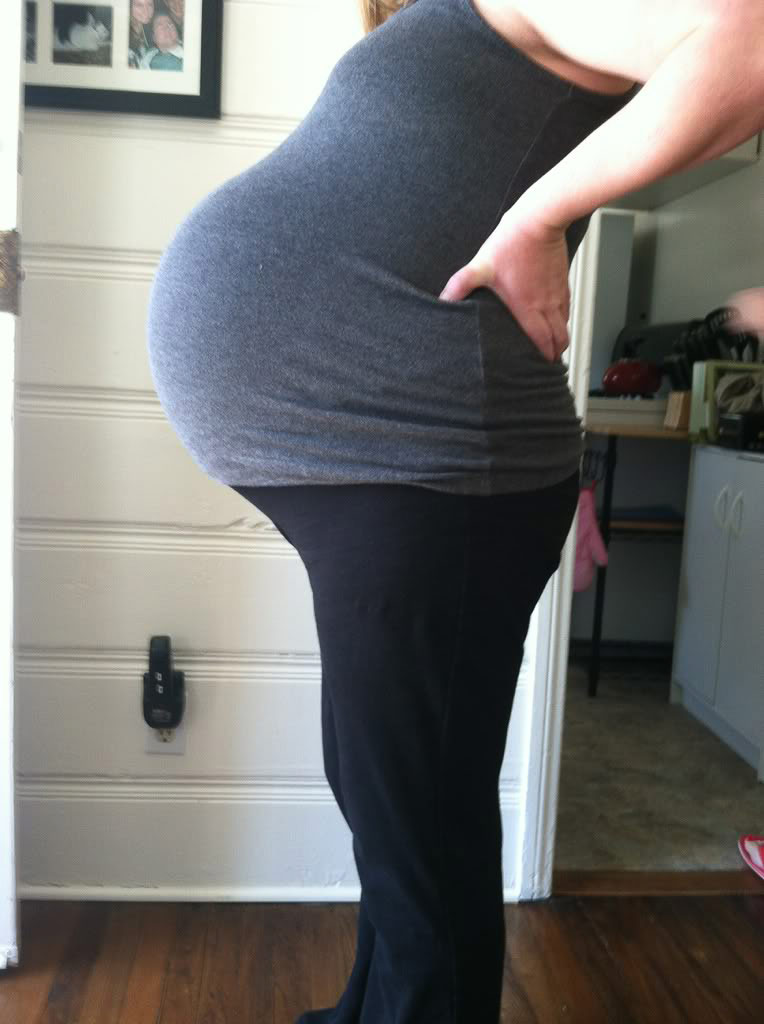 They are sold in pharmacies and children's stores, they are a small circle of absorbent materials that is inserted into a bra. If colostrum is absent, this is not a sign of pathology. In some women, the work of the mammary glands starts only after the birth of the crumbs. nine0005
They are sold in pharmacies and children's stores, they are a small circle of absorbent materials that is inserted into a bra. If colostrum is absent, this is not a sign of pathology. In some women, the work of the mammary glands starts only after the birth of the crumbs. nine0005
Harbingers of childbirth in women expecting their first child
One of the first signs that childbirth is imminent is breathing easier due to the fact that the stomach has drooped. This feeling is not always so vivid that the pregnant woman herself notices it, sometimes others focus on it. Although the child is also actively moving, the mother's shortness of breath decreases, breathing becomes easier, heartburn and mild nausea after eating less often occur or completely disappear. But due to the fact that the fetal head sank lower into the small pelvis, the uterus is increasingly in good shape, urination becomes more frequent due to pressure on the bladder. nine0005
Sometimes the expectant mother suddenly notices that the child is not moving much, his movements are not so sharp and active, he seems to calm down. This is a completely natural process, since every day there is less and less space inside the uterine cavity, the walls of its temporary “house” put more and more pressure on the arms and legs, tightly cover, and the amniotic fluid becomes a little less.
This is a completely natural process, since every day there is less and less space inside the uterine cavity, the walls of its temporary “house” put more and more pressure on the arms and legs, tightly cover, and the amniotic fluid becomes a little less.
If the baby began to move less, he is also preparing for childbirth, gaining strength, but if for 10-12 hours you have not felt a single push or movement, it is better to consult a doctor. He will check if everything is fine with the baby. nine0005
Important!
If the mother feels the fetal movement is too active, a doctor's consultation is necessary. This is necessary to make sure that the baby does not have oxygen starvation, and the volume of amniotic fluid is normal.
If in earlier periods fetal movements were felt as various movements, pushes, kicks and even somersaults, then by this time it is more and more often pandiculation or slight movements. The baby already has little space, sometimes his movements are very noticeable - the woman notes that she is pulling her stomach in the area where the fetal activity is felt.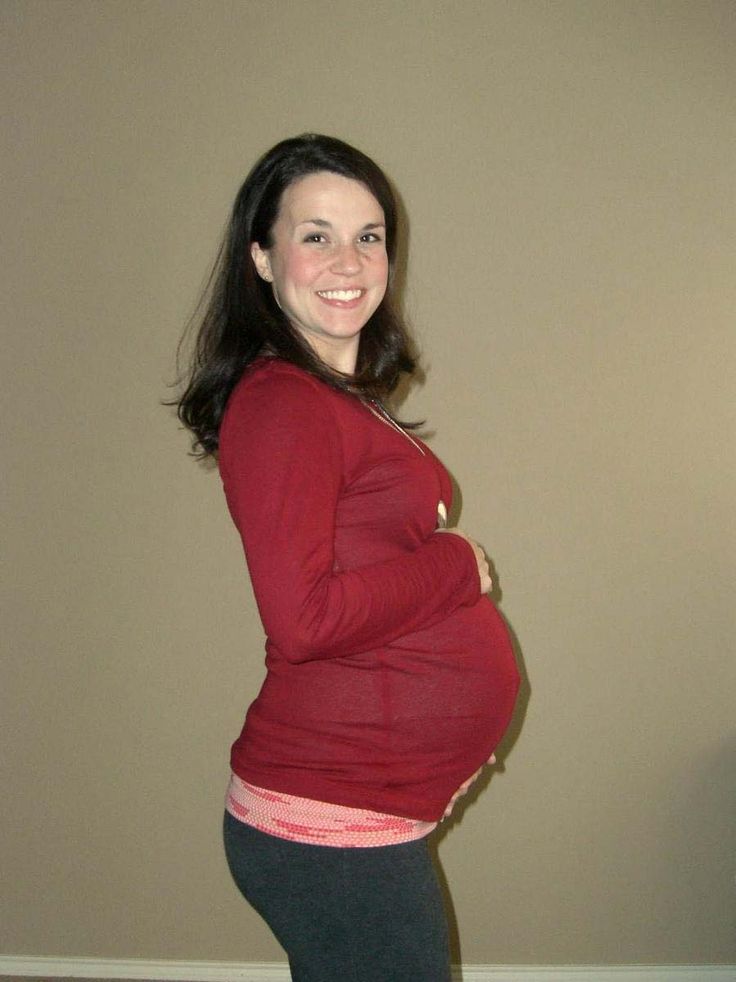 nine0005
nine0005
Preparing the body for childbirth
The 38th week of pregnancy is a period of active restructuring of the body. Under the influence of hormones, the body prepares for hard work: there is pain in the lower back, pulling the lower abdomen, there is an ache in the area of the pubic joint (the place where the pelvic bones are closed). The lower abdomen hurts due to the descent of the fetal head and its tight fit to the pelvic bones, the occurrence of more and more frequent training uterine contractions and the gradual loosening of the ligaments. Sometimes there is a feeling that the stomach is turning to stone - this is the tone of the uterus, muscle training for subsequent contractions. If these contractions are irregular, occur occasionally, they are not intense, you just need to lie on your side, rest, and they pass. If the same time passes between contractions, they become more and more sensitive, the interval is reduced - this is the beginning of labor, it's time to go to the maternity hospital.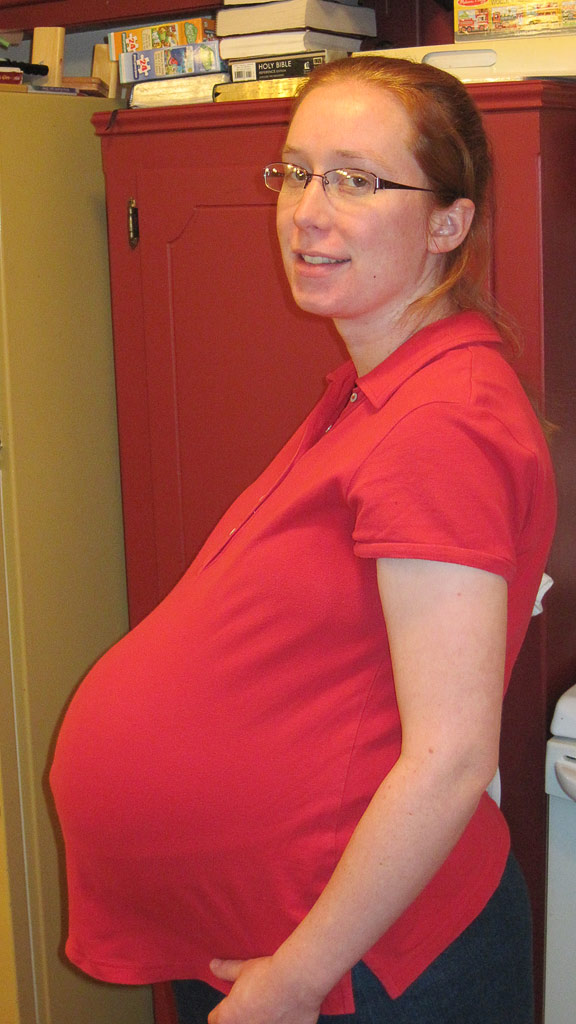 nine0005
nine0005
There is one easy way to tell if contractions are false or true. You just need to count the number of contractions and the interval between them. Use a stopwatch on your smartphone, noting how long the contraction of the uterus lasts and how long the period of relaxation, rest, will then be. If the contractions of the uterus gradually increase, intensify, and the time intervals between them gradually decrease, this is a sign of the onset of labor. Then it was time to go to the maternity hospital. nine0005
Mucous discharge from the genital tract may occur during the 38th week. By the nature of the discharge, they look like lumps of dense transparent or whitish mucus with streaks of blood without any smell. This is the discharge of the mucous plug, which closed the cervix and prevented the penetration of pathogenic bacteria to the fetal membranes. The cervix gradually softens, opens slightly and the mucus gradually leaves.
Good to know
In nulliparous women, harbingers of imminent labor may appear approximately one to two weeks before the onset of labor. It's about 38 or 39th weeks of pregnancy.
It's about 38 or 39th weeks of pregnancy.
In some cases, the mother-to-be may have loose stools at 38 weeks of gestation, although no change in the woman's diet has occurred. This is an acceptable bowel reaction to changing hormone levels and preparing the body for childbirth. The intestines are gradually cleared of the contents. However, not always different sensations and changes in the work of digestion are explained precisely by prenatal changes. Diarrhea at this gestational age may also be the result of dietary errors, food poisoning, or other influences. nine0005
A particularly alarming situation is when nausea and even vomiting occur against the background of diarrhea. In this case, you should immediately consult a doctor.
Harbingers of childbirth while expecting a second and subsequent children
If this is not the first pregnancy and childbirth for a woman, and the family is expecting a second, third baby, then the birth may come a little earlier. The body already knows what will happen and it takes less time for the preparatory phase. Thus, the appearance of the crumbs into the world can be expected in the period from the beginning of the 38th week of pregnancy. The processes themselves, which are associated with the preparation for childbirth, may not be so pronounced, sometimes they are absent or appear just a couple of days before the baby is born. nine0005
The body already knows what will happen and it takes less time for the preparatory phase. Thus, the appearance of the crumbs into the world can be expected in the period from the beginning of the 38th week of pregnancy. The processes themselves, which are associated with the preparation for childbirth, may not be so pronounced, sometimes they are absent or appear just a couple of days before the baby is born. nine0005
So, with repeated pregnancy, there may not be a pronounced and significant lowering of the abdomen. Often, the baby is initially located lower than during the first pregnancy, or the cervix relaxes just before the onset of childbirth. Then the woman feels that it has become easier to breathe, the pressure on the bladder has increased.
Important!
It is worth emphasizing that in multiparous mothers, the harbingers of childbirth may be completely absent. The birth process can begin suddenly, and the contractions will be stronger, the duration of labor will be shorter. Therefore, by the time of 38 weeks, you need to collect everything you need to go to the maternity hospital, all the necessary things and documents should be in an accessible place. nine0005
Therefore, by the time of 38 weeks, you need to collect everything you need to go to the maternity hospital, all the necessary things and documents should be in an accessible place. nine0005
Childbirth is unique, it takes place differently in women, and even in the same woman childbirth is different. If this is the third birth or the fourth, often the precursors can be barely perceptible or completely absent. And the birth act itself proceeds quite quickly and sometimes even a little earlier than the date of birth, which is determined by the doctor. But, as for the second birth, this fact is not a strict pattern, childbirth is possible almost the same day with a pre-calculated date.
In any case, by the 38th week of pregnancy, it is necessary to collect everything necessary for a trip to the maternity hospital and, at the first contractions, immediately seek medical help. nine0005
Is it worth it to speed up labor at this time?
Many women feel tired towards the end of their pregnancy and want to have a baby as soon as possible.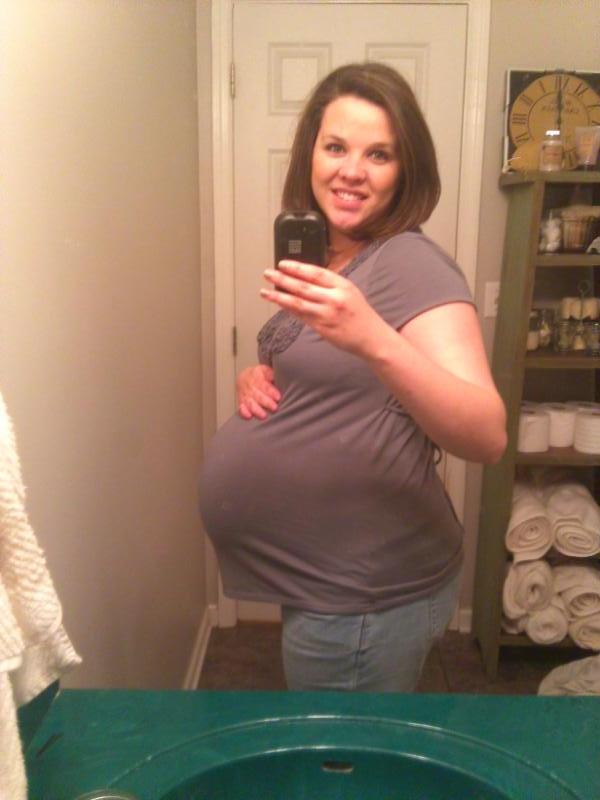 Therefore, they ask one question - how to speed up the onset of childbirth, is it possible to stimulate this process in order to meet the baby faster and return home, accept congratulations and raise the baby. But you don't need to think about inducing labor before the full term of 40 weeks. Although by the 38th week the baby is already full-term, he is still gaining weight, continues to develop, and nature knows better when he needs to be born. nine0005
Therefore, they ask one question - how to speed up the onset of childbirth, is it possible to stimulate this process in order to meet the baby faster and return home, accept congratulations and raise the baby. But you don't need to think about inducing labor before the full term of 40 weeks. Although by the 38th week the baby is already full-term, he is still gaining weight, continues to develop, and nature knows better when he needs to be born. nine0005
- 1. Normal pregnancy (clinical recommendations) // Obstetrics and Gynecology: News. Opinions. Learning. 2020. No. 4 (30).
- 2. Burkitova A.M., Prokhorova V.S., Bolotskikh V.M. Actual diagnostic and clinical problems in post-term pregnancy in modern obstetrics // Journal of Obstetrics and Women's Diseases. - 2017. - T. 66. - No. 2. - C. 93-103. doi: 10.17816/JOWD66293-103
- 3. Obstetrics: national guidelines / ed. G.M. Savelyeva, G. T. Sukhikh, V.N. Serova, V.E. Radzinsky. 2nd ed. Moscow: GEOTAR-Media
- Pediatrician
- Pathophysiology, immunology, pediatric and adult nutrition
- Completed the course on HB from WHO/UNICEF, taught at the Volgograd State Medical University, Department of Pathophysiology with a course of immunology, allergology
Others articles by the author
Pregnancy calendar 38 weeks - Miracle Doctor multidisciplinary clinic in Moscow By adding an average of 30-35 grams per day, your baby continues to prepare for life outside the mother's body.
A lot of waste products have accumulated in the lower intestines of the child. During fetal development, the baby many times swallowed amniotic fluid containing dead skin cells, fragments of vellus hair and particles of old intestinal tissues. The components processed in the stomach enter the intestines and remain there in the form of meconium until the very birth. Sometimes the original feces pass out of the body of the fetus before birth. In this case, the baby is born covered with greenish-black mucus. nine0005
A baby born at 38 weeks of gestation is already considered full-term. Girls, being fidgets, are more often in a hurry to be born and delight with their appearance already at 38 weeks. Boys are usually born on time or even linger in the mother's stomach for a week. But no matter who you expect, things in the hospital should be collected, and the card should always be with the woman.
While the weight of the fetus continues to increase, the weight of the expectant mother has stopped growing and even decreased slightly. Weight loss is one of the harbingers of the upcoming birth. It is associated with a decrease in external and internal edema, which occurs when excess fluid is removed from the body. Violation of diuresis, which caused a delay in the body of a woman of water, was due to progesterone, a hormone that for a long time supported the processes of pregnancy in the body. Shortly before childbirth, progesterone levels decrease and estrogen levels increase.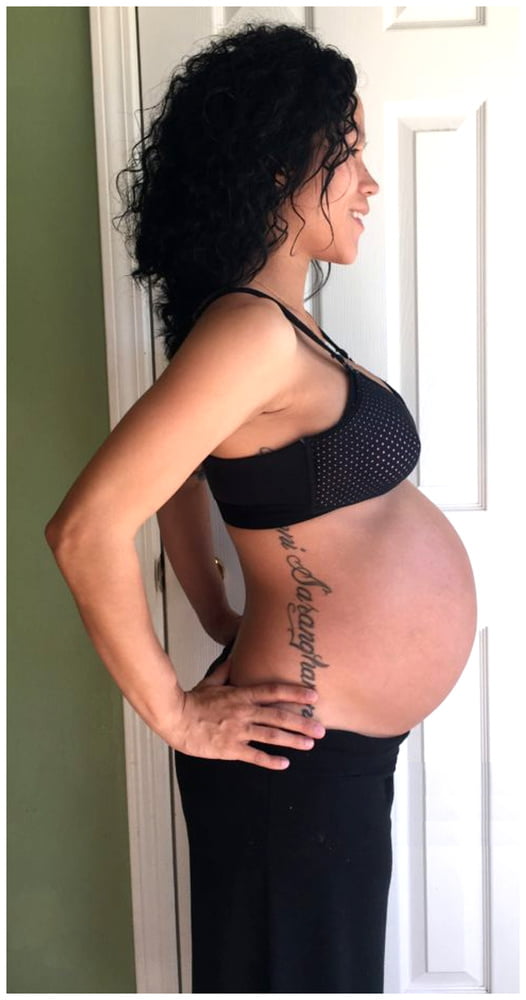 Under the influence of estrogens, excess fluid is removed from the body of a pregnant woman. First of all, a woman will notice a decrease in edema on her wrists and feet. The expectant mother can again wear jewelry and shoes that she could not wear the entire last trimester of pregnancy. Depending on the degree of edema, prenatal weight loss can range from 0.5 to 2.5 kilograms. nine0005
Under the influence of estrogens, excess fluid is removed from the body of a pregnant woman. First of all, a woman will notice a decrease in edema on her wrists and feet. The expectant mother can again wear jewelry and shoes that she could not wear the entire last trimester of pregnancy. Depending on the degree of edema, prenatal weight loss can range from 0.5 to 2.5 kilograms. nine0005
Loosening of the stool is another characteristic harbinger of childbirth. Defecation can occur 2-3 times a day, a woman notes a decrease in the density of stool. This phenomenon is also due to an increase in the amount of estrogen and the removal of excess water from the body. The increase in physiological functions before childbirth must be distinguished from the symptoms of food poisoning. If frequent defecation is accompanied by a sharp change in the consistency, color and smell of feces, vomiting and nausea, then you should consult a doctor to rule out poisoning. nine0005
Shortly before the onset of the birth process, the uterine fundus descends. The fetus is grouped and presses the presenting part (usually the head) on the lower part of the uterus, pulling it down. As a result of this process, the pressure on the stomach, liver and lungs decreases, the woman is able to breathe freely, heartburn and a feeling of heaviness in the stomach disappear. The diaphragm and organs of the upper gastrointestinal tract regain their physiological position. At the same time, pressure on the bladder and rectum increases. The drooping of the abdomen is another cause that causes increased urge to defecate and urinate. nine0005
The fetus is grouped and presses the presenting part (usually the head) on the lower part of the uterus, pulling it down. As a result of this process, the pressure on the stomach, liver and lungs decreases, the woman is able to breathe freely, heartburn and a feeling of heaviness in the stomach disappear. The diaphragm and organs of the upper gastrointestinal tract regain their physiological position. At the same time, pressure on the bladder and rectum increases. The drooping of the abdomen is another cause that causes increased urge to defecate and urinate. nine0005
At 38 weeks pregnant, many women feel like a charge of electric current is running down their legs. In this way, the nerve trunks are signaled, which the fetus touches when moving deep into the pelvis.
Shortly before childbirth, most pregnant women feel discomfort in the sacrum. Describing her feelings, the woman notes a slight languor in the lower abdomen. This condition is caused by stretching of the ligaments of the pelvis and increased blood flow to the organs located in it.

